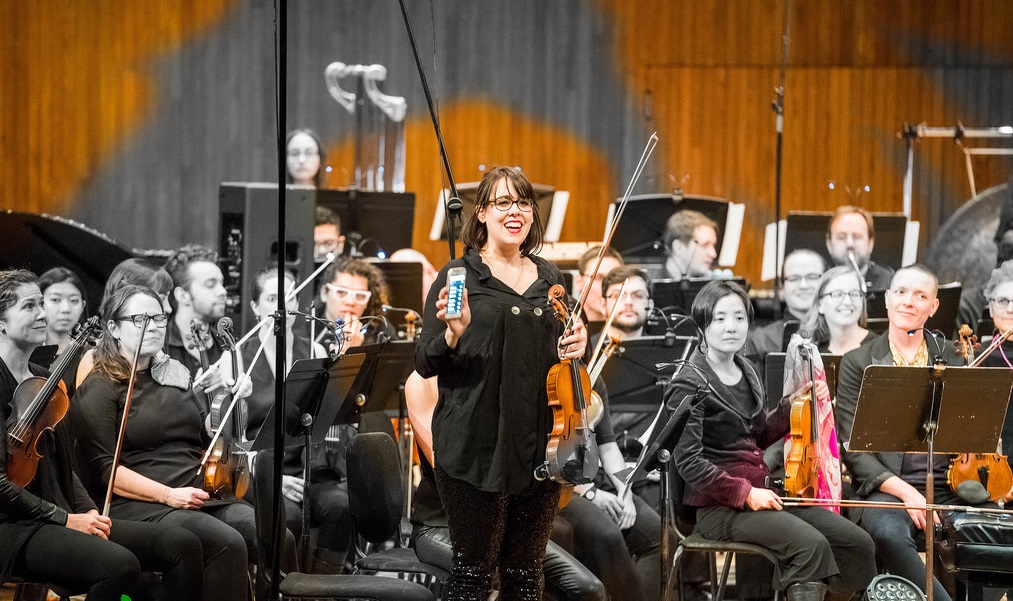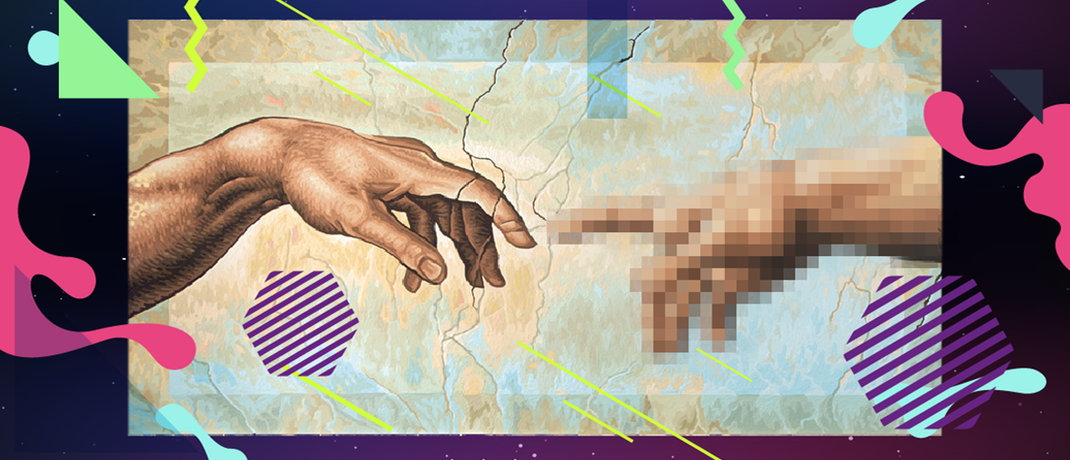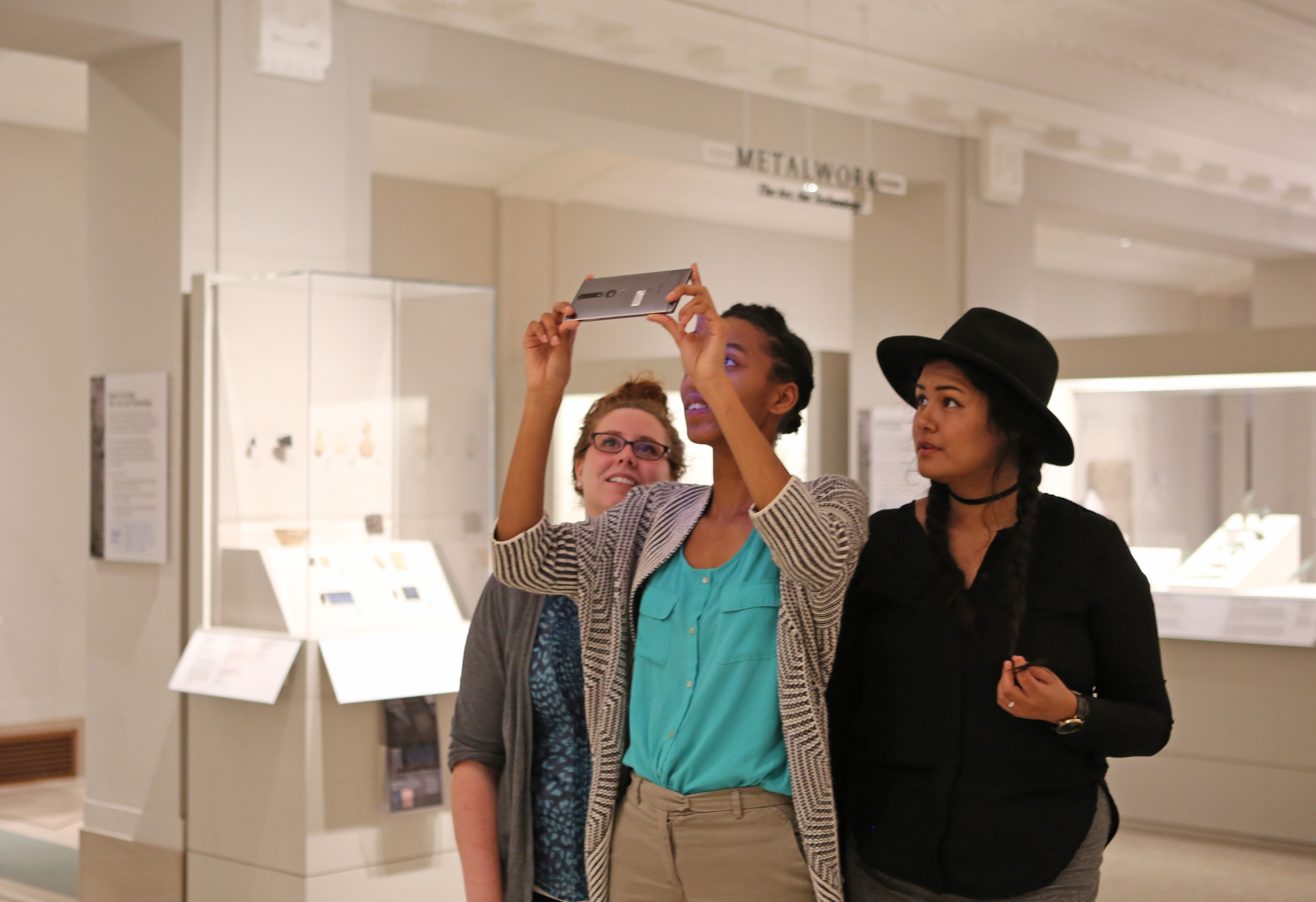CONTACT: Anusha Alikhan, Director of Communications, John S. and James L. Knight Foundation, 305-908-2646, [email protected]
MIAMI – July 12, 2018 – Twelve projects designed to harness the power of technology to engage people with the arts will receive $600,000 from the John S. and James L. Knight Foundation.
The projects will receive $50,000 each to uncover new, potentially-replicable strategies for cultural organizations to adapt to and thrive in the digital era. Several of the projects are led by cultural organizations, while other winning ideas stemmed from technology-focused organizations including: Wikimedia, the nonprofit that operates Wikipedia; Alley Interactive, a digital consultancy; and the Massachusetts Institute of Technology’s Center for Art, Science & Technology.
Knight Foundation launched the open call for ideas in February 2018, through the Knight Prototype Fund, which supports the quick development and testing of early-stage, innovative ideas.
Many of the prototypes aim to better engage in-person visitors through mobile apps or interactive labels that accompany art pieces; others focus on attracting remote audiences through virtual reality and conversational interfaces like Amazon Alexa. Some of the projects will give institutions improved data on their audiences and business practices, including business planning software and an app for staff to gather visitors’ demographic data.
“While the importance of arts institutions in building community remains unchanged, the preferences and expectations of audiences have transformed in the age of technology. Museum-goers increasingly demand personalized, interactive and shareable experiences,” said Victoria Rogers, Knight Foundation vice president for arts. “These projects help pave a way forward for cultural organizations to expand and command their use of technology to connect with and inspire audiences.”
The winning projects have nine months to create or refine a prototype of their idea. Project leaders will convene throughout the process to learn innovation techniques and test ideas. They will then gather in April 2019 for a demo day to share their discoveries and prototypes.
“There is no textbook detailing how the cultural sector should adapt to keep pace with—and benefit from—rapidly evolving technology innovations. These experiments will help fill this knowledge gap and provide lessons learned for connecting people to the arts through technology,” said Chris Barr, director of arts and technology at Knight Foundation.
Funding for these projects is part of Knight Foundation’s arts and technology initiative, which aims to help arts institutions better meet changing audience expectations and use digital tools to help people better experience and delight in the arts. Knight, which promotes informed and engaged communities, has helped institutions from newsrooms to libraries adapt and thrive in the digital age. This initiative expands the foundation’s use of its digital expertise to help arts institutions build stronger, more vibrant communities.
The 12 winning prototypes that will receive $50,000 each are:
- ArtsESP – Adrienne Arsht Center for the Performing Arts
Project lead: Nicole Keating | Miami | @ArshtCenter
Developing forecasting software that enables cultural institutions to make data-centered decisions in planning their seasons and events.
- Exploring the Gallery Through Voice – Alley Interactive
Project lead: Tim Schwartz | New York | @alleyco, @cooperhewitt, @SinaBahram
Exploring how conversational interfaces, like Amazon Alexa, can provide remote audiences with access to an exhibition experience at Cooper Hewitt, Smithsonian Design Museum.
- The Bass in VR – The Bass
Project lead: T.J. Black | Miami Beach | @TheBassMoA
Using 360-degree photography technology to capture and share the exhibit experience in an engaging, virtual way for remote audiences.
- AR Enhanced Audio Tour – Crystal Bridges Museum of American Art
Project lead: Shane Richey | Bentonville, Arkansas | @crystalbridges
Developing mobile software to deliver immersive audio-only stories that museum visitors would experience when walking up to art for a closer look.
- Smart Label Initiative – Eli and Edythe Broad Art Museum at Michigan State University
Project lead: Brian Kirschensteiner | East Lansing, Michigan | @msubroad
Creating a system of smart labels that combine ultra-thin touch displays and microcomputers to deliver interactive informational content about artwork to audiences.
- Improving Arts Accessibility through Augmented Reality Technology – Institute on Disabilities at Temple University, in collaboration with People’s Light
Project lead: Lisa Sonnenborn | Philadelphia | @TempleUniv,@IODTempleU, @peopleslight
Making theater and performance art more accessible for the deaf, hard of hearing and non-English speaking communities by integrating augmented reality smart glasses with an open access smart captioning system to accompany live works.
- ConcertCue – Massachusetts Institute of Technology (MIT); MIT Center for Art, Science & Technology
Project lead: Eran Egozy | Cambridge, Massachusetts | @EEgozy,@MIT,@ArtsatMIT, @MIT_SHASS
Developing a mobile app for classical music audiences that receives real-time program notes at precisely-timed moments of a live musical performance.
- Civic Portal – Monument Lab
Project lead: Paul Farber and Ken Lum | Philadelphia | @monument_lab, @PennDesign, @SachsArtsPhilly, @paul_farber
Encouraging public input on new forms of historical monuments through a digital tool that allows users to identify locations, topics and create designs for potential public art and monuments in our cities.
- Who’s Coming? – The Museum of Art and History at the McPherson Center
Project lead: Nina Simon | Santa Cruz, California | @santacruzmah, @OFBYFOR_ALL
Prototyping a tool in the form of a smartphone/tablet app for cultural institutions to capture visitor demographic data, increasing knowledge on who is and who is not participating in programs.
- Feedback Loop – Newport Art Museum, in collaboration with Work-Shop Design Studio
Project lead: Norah Diedrich | Newport, Rhode Island | @NewportArtMuse
Enabling audiences to share immediate feedback and reflections on art by designing hardware and software to test recording and sharing of audience thoughts.
- The Traveling Stanzas Listening Wall – Wick Poetry Center at Kent State University Foundation
Project lead: David Hassler | Kent, Ohio | @DavidWickPoetry,@WickPoetry,@KentState, @travelingstanza
Producing touchscreen installations in public locations that allow users to create and share poetry by reflecting on and responding to historical documents, oral histories, and multimedia stories about current events and community issues.
- Wiki Art Depiction Explorer – Wikimedia District of Columbia, in collaboration with the Smithsonian Institution
Project lead: Andrew Lih | Washington, District of Columbia | @wikimedia, @fuzheado
Using crowdsourcing methods to improve Wikipedia descriptions of artworks in major collections so people can better access and understand art virtually.
###
About the John S. and James L. Knight Foundation
Knight Foundation is a national foundation with strong local roots. We invest in journalism, in the arts, and in the success of cities where brothers John S. and James L. Knight once published newspapers. Our goal is to foster informed and engaged communities, which we believe are essential for a healthy democracy. For more, visit kf.org.
Image (top): MIT’s ConcertCue mobile app in use at an orchestral performance of David Bowie’s Blackstar. ConcertCue is one of the twelve winning ideas to receive $50,000 from Knight Foundation. Photo by L. Barry Hetherington, with color manipulations by Knight Foundation.
-
Topic
-
-
-
Arts / Article
-
Arts / Press Release




